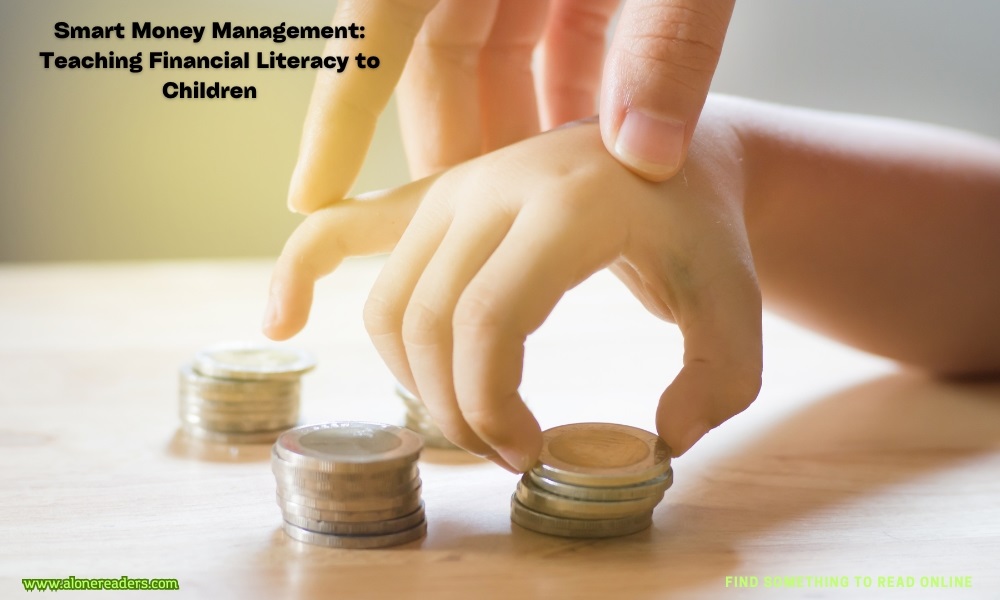
In today's complex financial landscape, understanding money management from a young age is crucial. Teaching children about money not only prepares them for personal financial security but also instills essential life skills such as discipline, critical thinking, and decision-making. This article delves into the best practices for introducing financial literacy to children, offering practical tips for parents and educators alike.
Financial education can begin as soon as a child starts to show curiosity about money. Most children are ready to learn simple money concepts by the age of three or four, such as identifying coins and understanding that money is used to buy things. As they grow, the complexity of the financial lessons can increase, fitting their cognitive and emotional development.
Children learn a lot by observation. Parents and guardians can model good money management by discussing financial decisions openly in front of their children. Whether it's budgeting for groceries, saving for a big purchase, or comparing prices, these everyday activities are opportunities to teach practical money skills.
Books and Games:
Utilizing books and games tailored to different age groups can make learning about money engaging and fun. For younger children, board games like Monopoly or online apps that simulate budgeting and saving can be very effective. Books that incorporate money lessons are also great tools, providing context that helps kids understand and apply what they learn.
Allowances and Money Jars:
An allowance can be a powerful tool for teaching children about saving, spending, and giving. By managing their own money, kids can learn the value of money and the consequences of financial decisions. Encourage them to divide their allowance into different jars—saving, spending, and sharing—to help them understand budgeting.
Setting Financial Goals:
Help children set achievable financial goals, like saving for a new toy or game. This teaches them planning and the satisfaction of reaching a goal. It can also introduce the concept of delayed gratification, a key component in effective money management.
Bank Visits and Savings Accounts:
Take children to your local bank and explain how savings accounts work. Many banks offer children’s accounts that can be opened with small amounts. This is an excellent way to introduce them to the banking system and the concept of interest.
Practical Lessons in Spending:
Involve children in small purchasing decisions. This could be deciding how to spend a portion of their allowance or choosing between different products based on value. Discussing the reasons behind each choice helps them learn to make thoughtful spending decisions.
Fostering an entrepreneurial spirit can help children understand the value of money and hard work. Simple activities like setting up a lemonade stand or selling homemade crafts not only teach children how to handle money but also about profit, expenses, and the basics of running a business.
In an increasingly digital world, it's important to teach children about online banking and digital wallets. Discuss the safety aspects of handling money online and the importance of keeping financial information private. Introduce them to financial apps that allow them to track their spending and savings.
Conclusion
Teaching kids about money is an investment in their future. By starting early, using practical tools, and continuously integrating lessons into everyday activities, parents and educators can help children grow into financially savvy adults. The journey of financial literacy is not just about money management; it's about developing a broader skill set that includes problem-solving, ethical decision-making, and the confidence to face the financial challenges of the future.
Financial literacy is a critical life skill, and teaching it can be as rewarding as it is necessary. By employing these best practices, you can help pave the way for your child's financial success and stability.